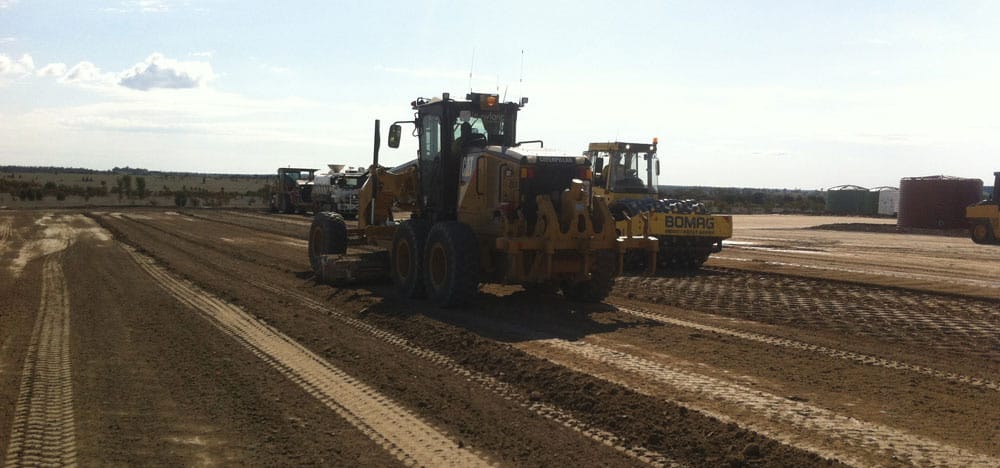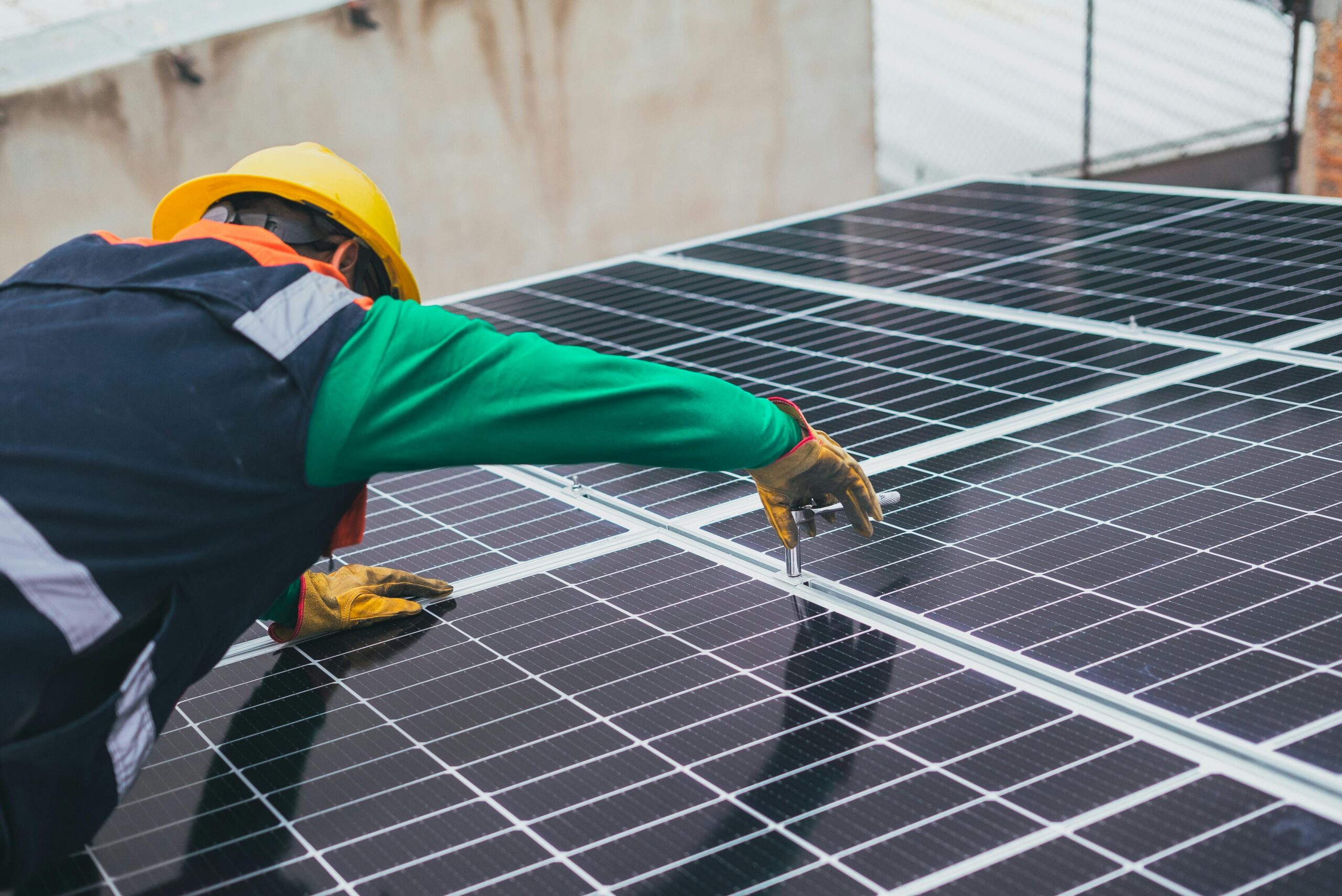Soil stabilization means the improvement of the stability or bearing capacity of soil by the use of controlled compaction, proportioning and/or additives.
Soil stabilization uses physical, and/or chemical methods to make the soil suitable for construction purposes. The key steps in soil stabilization are as follows:
- evaluation of the soil properties,
- choosing the method for supplementing the lacking properties,
- designing the stabilized soil mixture for the desired purpose,
- determination of compaction parameters.
Most driving surfaces consist of one or more layers of good quality materials placed over soil subgrades and compacted. The fill materials allow the road to withstand traffic loads, which the soil alone would not be able to bear. Base material distributes the loads over a large area, and thus reduces the pressure, which is transmitted to the subgrade. The base material is able to distribute the loads due to efficient interlocking of the aggregate particles. Imposed loads are transferred through the base material as both vertical and horizontal forces.

Pavements are usually damaged after a shorter period of time due to change in soil properties and due to the traffic loads, which may result in subsidence. Additionally, moisture variation and frost action in the soil causes further deterioration of the pavement which imposes expensive maintenance.
Mechanical soil stabilization means blending different soil types to improve stability. Some soils have weak engineering properties. These are soils with a significant content of clay, silt or fine sand. Therefore, more suitable soils, which contain granular material, can be used as an addition to in situ soils to improve overall properties. The stability of soil-aggregate mixtures depends on the mechanical strength of aggregate, the mineral composition of the materials, the mixture gradation, the plasticity of the binder soil and the performed compaction. When it comes to mineral composition, sodium sulphate and sodium carbonate have an adverse effect on the stability due to their high volume changes caused by water content variations, while chlorides and carbonates contribute to soil stability.
Are environmental regulations, health and safety concerns or potential profit loss a concern right now?
Disadvantages of mechanical soil stabilization are:
- high cost and high carbon footprint,
- highly demanding in equipment, labour and time, and thus represents significant traffic disruption.
Among chemical additives, mostly used are cement and lime.
Increase in cement content causes an increase in strength and durability. Application of cement is limited by its high price. The durability of cement treated soil is decreased by an influence of surface chemical factors, organic matter and sulphate content, while a reduction in strength can be caused by the presence of magnesium sulphate, which reacts with hydrated cement.
Application of lime creates lime dust and thus is not suitable for populated areas. Accurate water content is crucial for efficient compaction. Longer mixing time is required when lime is used, which makes the method uneconomical.
Global Road Technology made it possible to achieve high soil stabilization with small quantities of stabilizer and minimal quantities of ex situ materials. GRT agents are polymer based products whose applications result in improved compressive strengths, high tensile resilience, and water impermeability. They are able of achieving extremely high UCS results with relatively low dosage rates. For example, testing with as little as 0.7% by mass has seen results over +6MPa achieved.
They can be applied for various purposes. In the construction of new driving surfaces, GRT stabilizers can be used as subgrade, subbase, and base improvers. They can also be used for in situ pavement recycling, and sealing or stabilizing haul roads, side tracks, car parks, construction or military camps, container hardstands, railroad yards, and temporary landing areas.
For more information on Global Road Technology please contact us
MORE INDUSTRY ARTICLES
April 12, 2024
Fortescue Flicks-On QLD Electrolyser Plant
April 11, 2024
Can Australia Become a Renewable Energy Superpower?
MORE INDUSTRY ARTICLES
April 12, 2024
Fortescue Flicks-On QLD Electrolyser Plant
April 11, 2024

